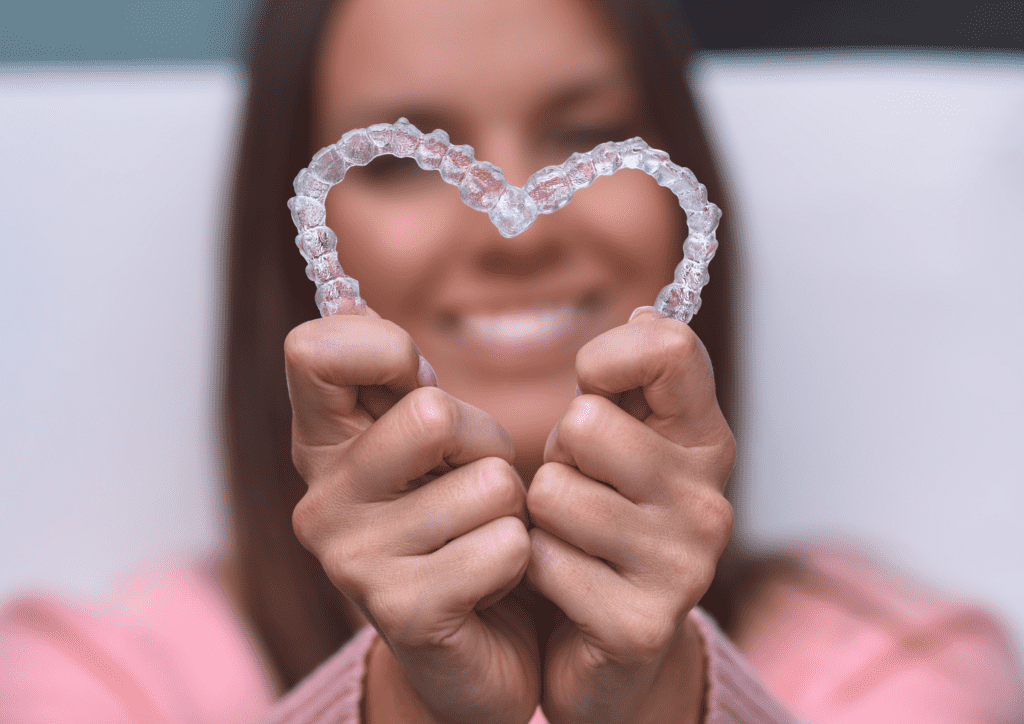Are you terrified of visiting the dentist? Does the thought of visiting the dentist make you want to run the other way as fast as possible? If so, sleep dentistry might be the solution you’ve been looking for. Sleep dentistry helps people with dental phobias manage their anxiety and nerves during dental procedures. But what exactly is sleep dentistry, and how does it work? In this article, we will walk you through the world of sleep dentistry, exploring its purpose and role in dental procedures. Whether you’re curious about sedation techniques or seeking relief from dental anxiety, read on to discover the ins and outs of sleep dentistry.
What is Sleep Dentistry?
Sleep dentistry refers to the use of sedative medications to help patients relax and remain calm during dental procedures. It’s a technique used for managing dental anxiety or fear and facilitating complex or lengthy dental treatments.
Sleep dentistry does not involve actual sleep during the procedure but induces a state of deep relaxation and drowsiness. Various levels of sedation, ranging from minimal to moderate and deep, can be used, depending on your needs and the complexity of the dental procedure.
Types of Sleep Dentistry
The different types of sleep dentistry include:
Happy Gas
Laughing gas or inhalation sedation involves the patient inhaling a mixture of nitrous oxide and oxygen through a mask placed over the nose. Nitrous oxide is a safe and pain-free method of sedation that induces a feeling of relaxation and euphoria. Happy gas sedation is mild and allows you to remain conscious and responsive during the procedure. It is often used for mild to moderate dental anxiety and is suitable for shorter or less invasive treatments. Laughing gas is particularly beneficial for children who need dental treatments but cannot sit through or fear dental procedures. The recovery time for happy gas is generally short, and the effects wear off within a few minutes to an hour.
IV Sedation or Twilight Conscious Sedation
IV or twilight sedation, involves administering sedative medication directly into the bloodstream through a vein. This method allows for faster onset of sedation, enabling the dentist to adjust the sedation levels throughout the procedure. IV sedation can range from moderate to deep sedation, depending on the amount of medication administered. With IV sedation, you remain conscious but in a dream-like state, having little to no memory of the procedure. The effects last a few hours, but you should feel back to normal the following day.
General Anaesthesia
General anaesthesia is the deepest level of sedation used in sleep dentistry. You are completely unconscious during the procedure and will sleep throughout it. General anaesthesia is mostly used for surgical extractions like wisdom tooth removal and requires an anaesthetist to administer it. It takes some time to recover from general anaesthesia, and it is advisable to make transport arrangements after your treatment.
Oral Sedation
Oral sedation involves taking medication in pill form before the dental procedure. The medication helps induce relaxation and drowsiness, allowing you to remain conscious but deeply relaxed during the procedure. The recovery time for oral sedation is longer than happy gas but shorter than IV sedation and typically wears off in a couple of hours.
The Benefits of Sleep Dentistry
Sleep dentistry offers many benefits to patients with dental phobias, low pain tolerance, teeth sensitivity and those undergoing multiple or extensive procedures in one appointment.
Some of the benefits of sleep dentistry include:
Helps alleviate dental anxiety
Many people experience fear or anxiety when visiting the dentist, which can prevent them from seeking the necessary dental care. Sleep dentistry helps overcome nerves and fear, allowing you to get the treatment needed to protect your teeth and maintain oral health.
Decreases gag reflex
People with strong gag reflexes can find dental procedures extremely uncomfortable and challenging. Sleep dentistry can help reduce the gag reflex, making it easier for the dentist to perform necessary procedures without causing discomfort and with minimal interruptions.
Promotes relaxation during dental procedures
Sleep dentistry helps you remain calm and comfortable throughout dental procedures. It not only helps you feel more at ease but also allows dentists to work more efficiently and effectively, leading to better treatment outcomes.
Reduces pain and discomfort
Sedation dentistry can significantly reduce pain and discomfort associated with dental procedures. Depending on the level of sedation used, you may experience minimal to no pain during the treatment. Additionally, the sedative effects can also help minimise post-procedure soreness and discomfort.
Provides comfort for patients with special needs
Sleep dentistry is particularly beneficial for patients with special needs, such as physical or cognitive disabilities. It can help them feel more comfortable and cooperative during dental treatments, ensuring they receive necessary oral care without added stress or discomfort.
Safety Considerations for Sleep Dentistry
Some of the safety considerations before undergoing any type of sedation for a dental procedure include:
Dental qualifications and training
It is essential to seek sleep dentistry services from qualified dental professionals with training and experience in administering sedation. Dentists should have proper certifications and comply with relevant guidelines and regulations for sedation dentistry.
Evaluation of the patient’s medical history and current health status
Before administering any form of sedation, it is vital to evaluate your medical history. Each patient is unique, and sedation plans should be tailored to their specific needs. Your overall health, medications, allergies, previous adverse reactions to sedation, and any factors that can impact the safety of the sedation should be considered.
Monitoring of vital signs during the procedure
Continuous monitoring of vital signs is vital during sleep dentistry procedures. This includes monitoring your blood pressure, heart rate, oxygen saturation levels, and breathing throughout the sedation process. Proper monitoring equipment should be used, and trained staff should be present to ensure patient safety.
Emergency preparation and response
Dental practices offering sleep dentistry should have emergency protocols, equipment and medications on-site and be able to handle potential complications. Emergency training to manage respiratory distress, allergic reactions, or adverse drug interactions during sedation is crucial.
Moreover, informed patient consent for sedation is necessary. At Dana Street Dental, we perform a comprehensive evaluation before ensuring your eligibility for sleep dentistry. Our dentists provide complete disclosure on the process, risks, and benefits, reviewing your medical history and health so as to help you make an informed decision.
Conquer Dental Anxiety with Sleep Dentistry
Don’t delay dental procedures because of fear or anxiety. Talk to our friendly Ballarat dentists about sedation options. We can help you manage your dental phobia, listening to and understanding your concerns with gentle support and guidance. At Dana Street Dental, we treat all patients like family. We’re here to make your oral health journey as easy as possible with preventive care and dental treatments tailored to your needs and lifestyle. If you’ve been avoiding a visit to the dentist or living with a toothache because of dental anxiety, we’re here for you – with quality dental care, a range of sedation options and a team of compassionate dentists who always put you first. Book a consultation today.














